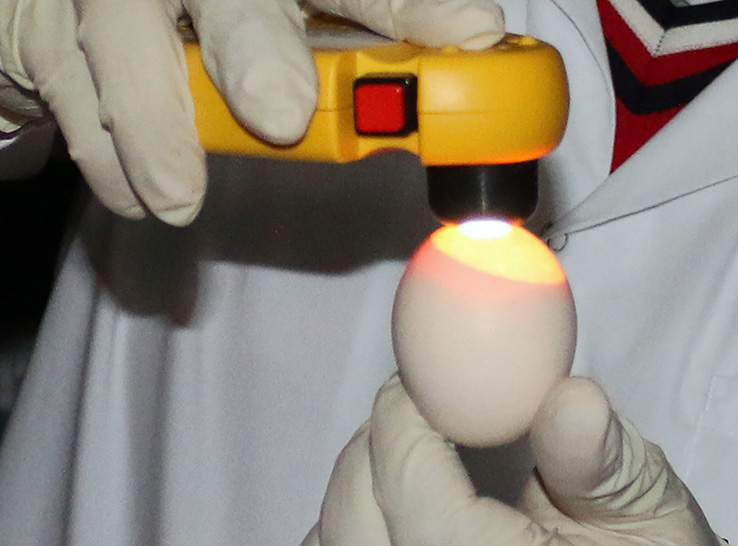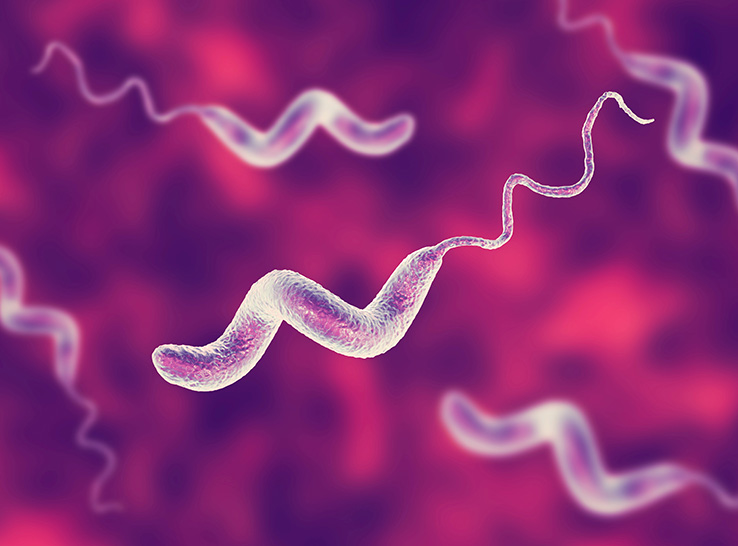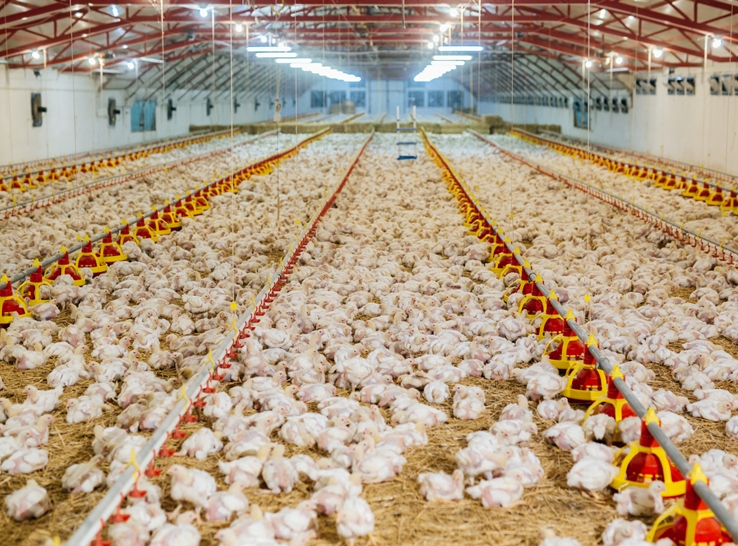Hoping to raise the bar for Campylobacter control, a poultry scientist at Clemson University is researching the use of probiotics to improve poultry gut health and control foodborne pathogens.
“Campylobacter is one of the leading bacterial causes of human diarrheal illness in the United States,” said Khaled Abdelaziz, DVM, PhD, an assistant professor of immunology.
“Some strains have been associated with several autoimmune conditions, most notably Guillain-Barré syndrome, with nearly 40% of reported Guillain-Barré syndrome cases attributed to this bacterium.”
On-farm control measures are required to mitigate the risk of the bacteria being transmitted to humans working with poultry and people who visit poultry farms. Abdelaziz and his team are studying the impact of inoculating eggs (in ovo) with probiotics on gut health and immune system development of broilers before they hatch.
Boosting immunity
Probiotics are live bacteria, fungi, or yeasts that help poultry maintain healthy digestive systems. They are increasingly being included in poultry diets as alternatives to antibiotics. Abdelaziz and his team believe in ovo technology can be used to deliver probiotics to chicken embryos and help boost chicks’ immune systems before they hatch.
During their investigation, Abdelaziz and his team have found certain probiotics (lactobacilli) applied in ovo to chick embryos increased immune-related genes in the chicks’ guts which could promote healthy immune systems of chick embryos. Future studies will investigate whether Lactobacillus-induced immune responses protect against harmful microorganisms after chicks hatch.
“Delivering naturally occurring probiotics to chick embryos is a practical, realistic and achievable approach to establish and maintain a healthy gut microbiome, improve animal welfare and gut health, mitigate enteric diseases, as well as enhance overall health and chick quality without the use of antibiotics,” Abdelaziz said.
Risks to humans
Campylobacter is carried in the intestines, liver and other organs of poultry and other animals. Often, infected animals do not show any signs of illness and bacteria can spread to edible parts during slaughter. This infection produces little or no disease in poultry, but it can be transmitted to humans through farm animals and their products.
In addition to people working on poultry farms, people handling raw poultry also can come in to contact with Campylobacter, as well as people who eat undercooked poultry.
According to the Centers for Disease Control and Prevention (CDC), “A single drop of juice from raw chicken can contain enough bacteria to infect” a person. Symptoms range from mild to bloody diarrhea, vomiting, stomach cramping and fever.
Health risks may be minimized by practicing proper hygiene and following the United States Department of Agriculture’s Food Safe Families campaign – Clean, Separate, Cook and Chill – for safe food handling.
Editor’s note: Papers related to this study can be found in the April 2022 edition of Poultry Science and in the Feb. 28, 2020, edition of Frontiers in Veterinary Science.





